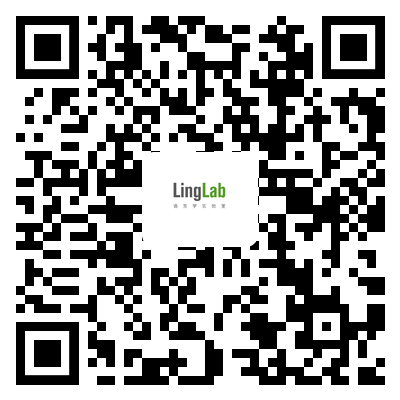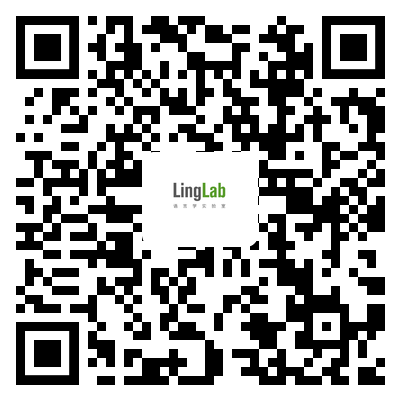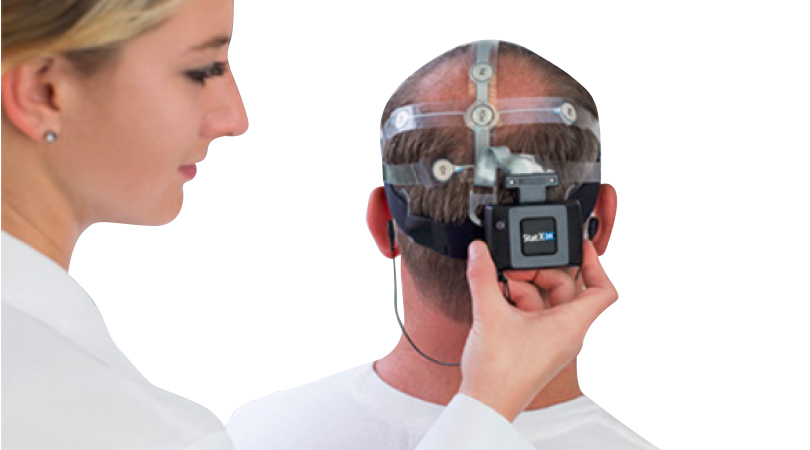1145 阅读 2020-03-17 17:20:07 上传
Starting with version 4 of acqknowledge you can perform event related analysis on skin conductance data.The following screencast is a quick overview of the capabilities of the software.You need the recording where we have both distinct inductance data,and also the markers that correspond to the stimulation events.You can send digital markers over the parallel port using a program such as EEPROM direct RT,or you can also do that the super lab.and what you get is these new channels as you can see below here.underneath the skin conductance data.in this particular example we have two channels of digital marker data.1 corresponds to stimuli that were categorized in scary,and the other channel corresponds to clap sounds.so in this particular experiment 2 different types of sounds were played to the participant,and we're looking at the skin conductance responses following these sounds.The first step is to have acknowledged convert these pulses to stimulation events to markers in technology. and there is an automated procedure to do this.in this particular instance we have received information on digital lines 8 to 15 you can also choose specific channels if you have been receiving information of analog channels. this particular setting is for more advanced work where you're sending all kinds of channels of information corresponding to markers we do not need to do anything right now.and you will see now up here where global markers in plays these light bulbs called stimulation event markers will appear.In each of them has a label,this one has a label one and this one has labeled two, and as you can see they correspond to the first and the second channel of stimulation data respectively.at this point we can look at the preferences for skin conductance analysis,and they're found under preferences under electric thermal activity.we have two different ways of constructing the phasic electrodermal activity waveform right now we just stick with the high pass filter,and we can specify the threshold for what would be a skin conductance response,and then also a rejection threshold so a certain only certain percentage of the maximum skin conductance response will be accepted.all these settings will be discussed also in the detailed tutorial on skin conductance analysis.right now we'll just choose these defaults,and we can go ahead and run the electrodermal activity analysis.there's two more settings here we can specify which channel of skin conductance.we're using and then whether to construct a phasing signal or use your own.And then we can specify the stimulus event type in this case its stimulus delivery. can be placed anywhere and then this here allows us to specify what is the minimum,and maximum separation between the stimulus event,and the onset of skin conductance response because if a skin conductance response occurs a hundred milliseconds after the stimulation events that's physiologically not possible.so this allows you to rule out responses that occur too early after the stimulation events and they will not be considered specific to the stimulation events,and all the same responses that occur too long after a stimulus will no longer be considered specific to this stimulation events.so what the software will do is it will score the electrodermal activity data and provide you with two types of skin conductance events,specific and nonspecific,The specific ones are those events that have been above the specific threshold is set in the preferences, and also within a certain time interval following the stimulus presentation,and non specific skin conductance events will be all the other events, in addition to marking these events in obtaining data for their amplitude rise time latency etc ,will be able to obtain data.between pairs of events that mark different experimental conditions. As we can see with these flags over here this will allow us to look at the frequency of specific and nonspecific skin conductance events. within each condition of the experiment.So we'll go ahead and run the analysis now,and these open brackets that you see appearing they denote the onset of the skin conductance events while the closed brackets or the end of the skin conductance events.an excel file we generated with the results we just quickly go back to the data here,and look at one example of the skin conductance event,and it's a zoom in on the data,and all to scale the wave form so we can see here we have the onset the end and the peak of the skin conductance event.These are marked on the channel that had the tonic skin conductance recording ,so the skin conductance recording. and then if we scroll further we can see an event that is marked as a specific skin conductance event, it has a little flag on the sweat drop and it's also red as you can see it follows a stimulus presentation, but it follows it within the time period that we had specified in the settings.so this onefor example has occurred too late after a stimulation event it it is not considered a specific skin conductance event.this one over here on the other hand is considered a specific skin conductance event.and if we look at this one it's appear it's happening just about the time of the delivery of the stimulus and it is not considered as skin conductance event,Let's have a look at the table that's generated, it contains the amplitude most importantly as well as other statistics,for each stimulus that did result in an event in a specific skin conductance event,so we can see what was the stimulus label and as you remember one corresponds to scary events, and clap sounds are number two,we can see which stimulation instances did not result in a skin conductance response,and we have these this table here that gives us the amplitude and the magnitude as well as the frequency of response to the different types of stimulation, and the amplitude is the average of all specific skin conductance response that the magnitude is calculated,when we take all stimulus presentations and we average the non responses which is zero and the responses as well,and we also have the frequency,so this gives you a very good picture of the type of responses we got these events as we can see we got more responses to the scary events,and the amplitude and magnitude were both higher, this table here provides information for the rates of specific and nonspecific skin conductance responses in the two different conditions of the experiment.a detailed description of the implementation of this analysis is included in the software.












